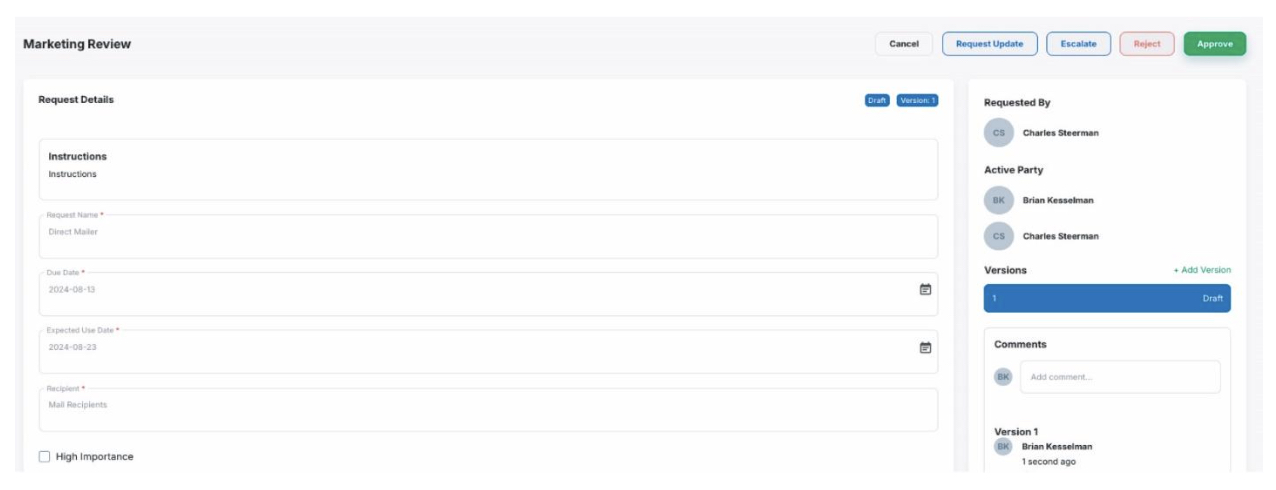Marketing Materials Review Module
As marketing expands across new channels and compliance regulations grow more complex, the review process has become more time-consuming. With the SEC emphasizing a well-documented review process, compliance teams face the added challenge of tracking every approval step. Skematic streamlines this workflow, enabling compliance teams to manage reviews with precision.

Say Goodbye to the Endless Email Chains – Streamline your marketing Compliance
Skematic offers a smarter, smoother way to manage the entire marketing review process, ensuring compliance without the hassle:
- Seamless Collaboration: Skematic brings your marketing and compliance teams together on a single platform, enabling real-time collaboration, feedback, and approvals.
- Custom Checklists & Templates: Set up your own customizable review checklists and templates that align with the latest regulations and firm policies & procedures.
- Efficient Workflows: Skip the back-and-forth headache with workflows designed to streamline every step of the review process. Track progress, compare versions, and get approvals faster.
- Centralized Repository: Store all approved marketing materials in a centralized, searchable library organized by jurisdiction, regulator, channel, and audience—so you’ll never have to hunt for that approved copy again.
- Comprehensive Audit Trail: Every action—comment, revision, and approval—is recorded in a full audit trail, providing full transparency for internal audits and regulatory reviews.
Skematic transforms the marketing review process from a tedious, manual process into a streamlined, collaborative effort.




